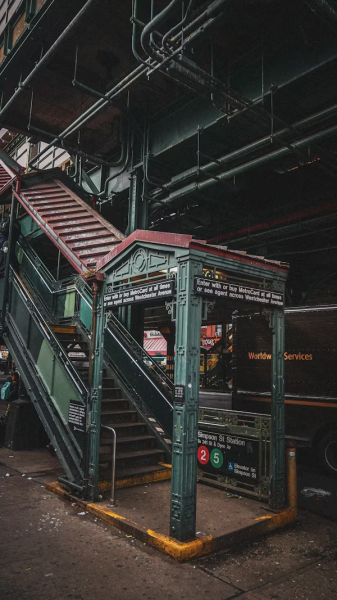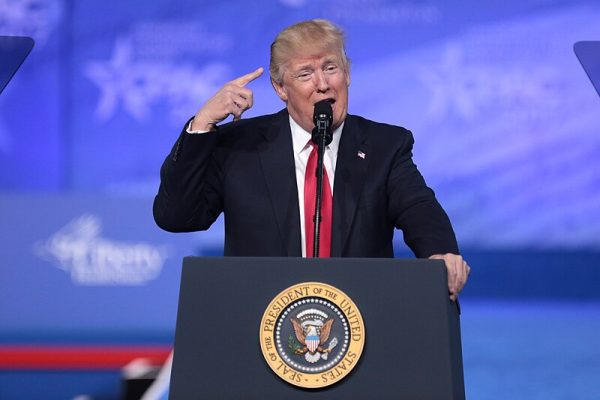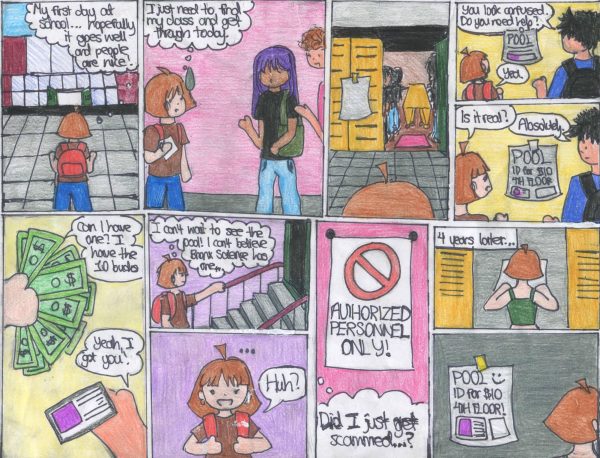Uber Drivers Strike for More Rights and Benefits
Judge Sanchez ’19 believes it’s much easier for Uber to neglect their drivers because an almost limitless pool of them exists.
Over the past two years, Dara Khosrowshahi, Uber’s chief executive, has succeeded in reducing the amount of negative media attention that surrounded the company and its former boss, Travis Kalanick, after Kalanick’s descent from celebrated CEO to corporate liability and eventual ousting from the company. Now, Khosrowshahi faces a challenge from a different demographic: the drivers that form the base of the ride-sharing giant.
On May 8th, 2019, a few days ahead of the company’s highly anticipated initial public offering, Uber drivers from all over the world organized strikes in which they called for a living wage, a method for appealing seemingly arbitrary suspensions or banishment, and a commission cap to guarantee that drivers keep eighty to eighty-five percent of the fare. According to the New York Times, drivers in New York logged off their apps from 7 am to 9 am and protested outside Uber’s headquarters in Queens, chanting: “Driver power! Union power!”
The problem is that Uber drivers are not considered employees, but rather independent contractors. As a result, they lack the benefits that traditionally come with being an employee of a company, including minimum wage, employment insurance, paid-sick leave, and overtime.
Despite Uber’s standing as a multi-billion dollar company, it loses a staggering amount of money and still struggles to turn profits, using venture capital to subsidize rides. Khosrowshahi and the other company executives need to convince investors that Uber is a company worth investing in despite the massive losses and the rather disappointing IPO. In the few days after the debut, share prices have been falling below the IPO price, making the value of the company far less than the $100 billion it had hoped to achieve.
“Wall Street investors are telling Uber and Lyft to cut down on driver income, stop incentives, and go faster to Driverless Cars. Uber and Lyft wrote in their S1 filings that they think they pay drivers too much already. With the IPO, Uber’s corporate owners are set to make billions, all while drivers are left in poverty and go bankrupt. That’s why NYTWA members are joining the international strike to stand up to Uber greed,” Bhairavi Desai, the Executive Director of the New York Taxi Workers Alliance, said in a statement.
For a company that is losing millions of dollars, the amount their drivers make is the biggest cost they can control. Uber has stated that the company would be “adversely affected” if drivers were listed as employees instead of independent contractors.
If there are no drivers, there is no Uber.
“It’s very easy to become an Uber driver, especially compared to becoming a taxi driver which is in a similar industry. Uber exists as an easy opportunity for almost anyone with a driver’s license to make money fast. This gives the company a limitless pool of people from which they can hire. As such, there’s little incentive to treat them well when they’re so expendable,” Judge Sanchez ’19 said.
Uber needs to think about the people who work for them. It may be difficult for executives at the top of the company to care about the livelihoods of drivers when it comes at a cost to their business, but it shouldn’t come at the cost of the drivers who form the crux of the service the company was created to provide. If there are no drivers, there is no Uber. And what will the executives do then?
Yanny Liang is a Copy Chief for ‘The Science Survey’ and a Student Life Reporter for ‘The Observatory.’ She finds journalistic writing incredibly...
Sadia Haque is a Senior Staff Reporter for ‘The Science Survey’ and a Academics Section Editor for ‘The Observatory.’ She finds journalism appealing...











